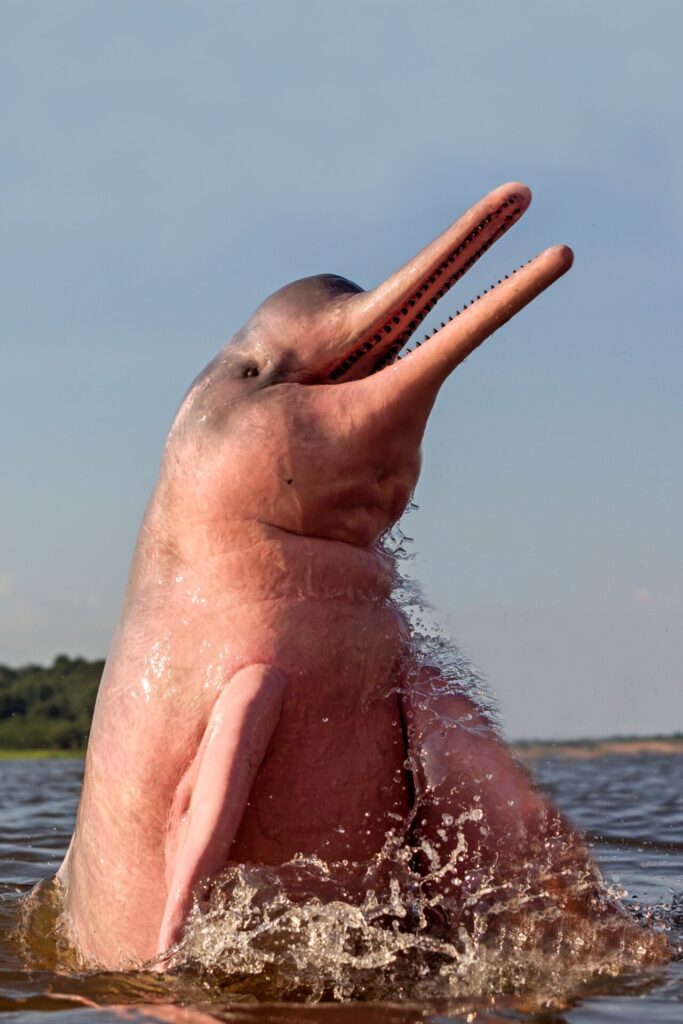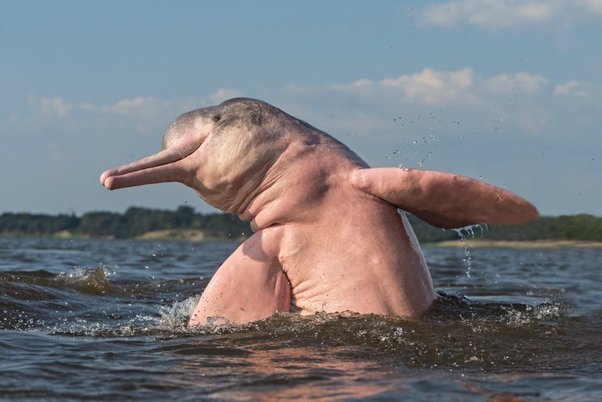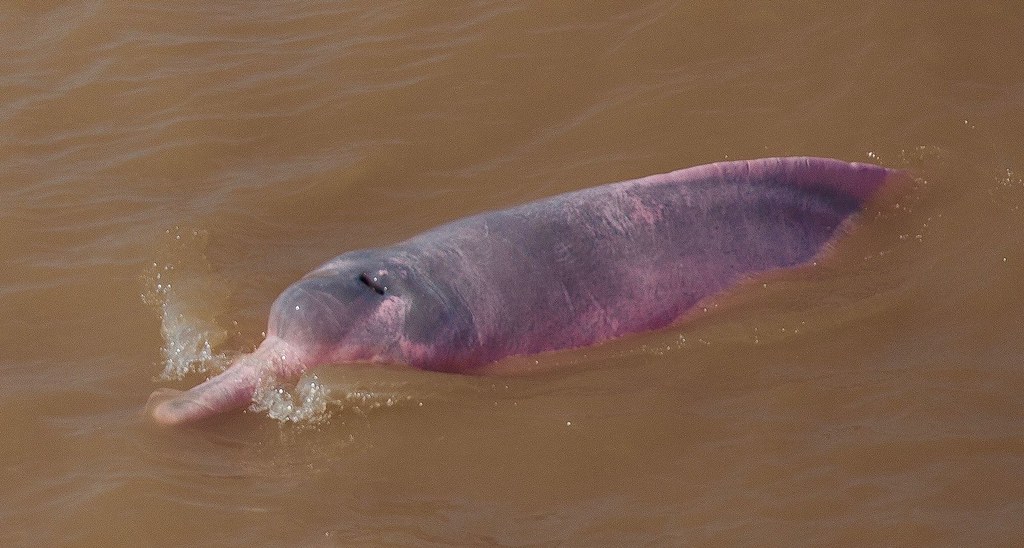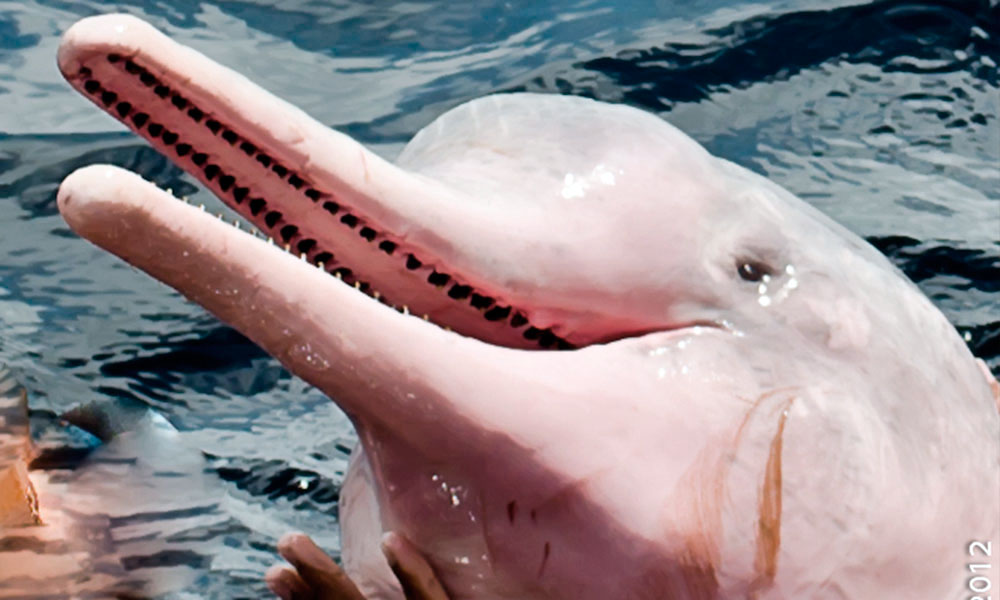
The Amazon river dolphin, recognized as the boto or pink river dolphin, is a captivating species of toothed whale, exclusively native to the vibrant landscapes of South America. This freshwater marvel earns its distinction as the world’s largest of its kind, celebrated for its beguiling pink hue, setting it apart from the aquatic world.


This mesmerizing pink coloration, attributed to a blend of variables including water temperature, transparency, and geographic location, remains a subject of scientific fascination. Remarkably, the dolphins dwelling in warmer waters tend to exhibit a richer shade of pink compared to their counterparts in cooler waters. Additionally, those navigating cloudier waters tend to display a deeper pink hue, reinforcing the role of geographical factors, particularly the Amazon River basin, in determining their unique pigmentation.

Beyond its enchanting appearance, the Amazon river dolphin plays an indispensable role in the Amazonian ecosystem. As a top predator, it serves as a natural regulator, helping to maintain the balance of fish and aquatic creatures within the region. Moreover, this extraordinary species holds profound cultural significance among Amazonian communities, where it is revered as an emblem of the natural heritage.

Despite its ecological and cultural importance, the Amazon river dolphin confronts a series of challenges jeopardizing its existence. The most formidable among these threats is habitat loss, precipitated by deforestation and the construction of dams, which disrupt the vital ecosystems these dolphins rely upon.

Pollution, another significant peril, is pervasive. Pesticides, herbicides, and pollutants infiltrate the waters where the Amazon river dolphin thrives, compromising the wellbeing of these creatures and the broader aquatic environment.

Overfishing compounds the risks facing the Amazon river dolphin, as these apex predators depend on a robust fish population for their sustenance. Overfishing in the Amazon River basin threatens to deplete essential fish stocks, increasing the vulnerability of the Amazon river dolphin.

To champion the cause of the Amazon river dolphin, a range of strategies can be employed. Supporting sustainable forestry practices and advocating for the preservation of the Amazon rainforest are vital steps toward securing the creature’s habitat. Simultaneously, reducing the use of pesticides and herbicides and promoting sustainable fishing practices can safeguard the wellbeing of these dolphins.

Education and awareness also assume an essential role in the preservation of this extraordinary species. By raising awareness about the Amazon river dolphin and its pivotal role within the Amazonian ecosystem, we can rally support for efforts aimed at protecting this magnificent creature, ensuring its continued presence for generations to come.

Leave a Reply